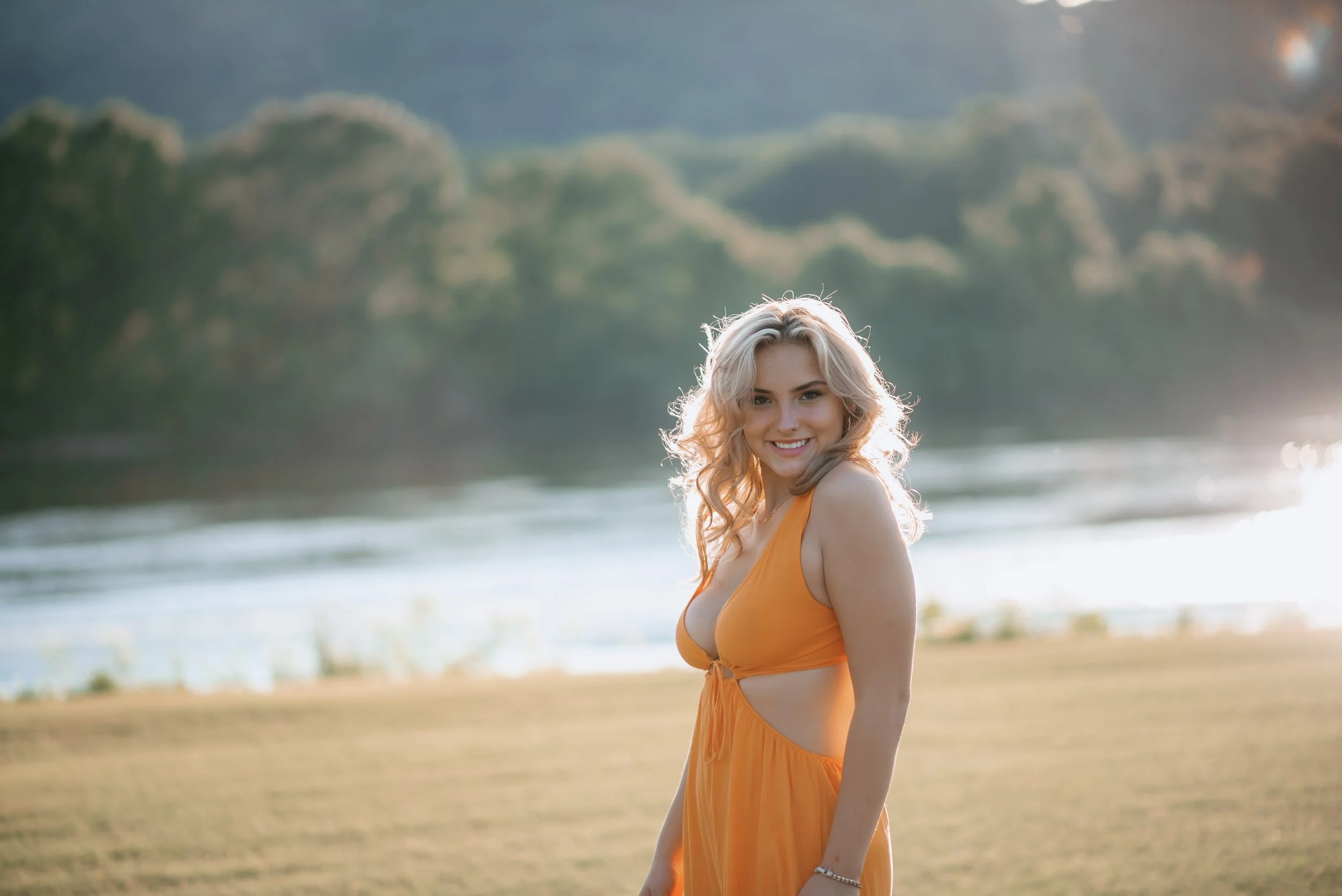For Photographers: Mastering the Art of Posing: A Comprehensive Guide for Perfect Portraits
Posing is an essential element in portrait photography that can transform a simple photograph into a compelling piece of art. It's not just about positioning the body; it's about capturing the essence, mood, and personality of the subject. Whether you're a professional photographer in Chattanooga, Tennessee, or an aspiring artist looking to enhance your skills, mastering the art of posing is vital. Here's a comprehensive guide to help you achieve perfect portraits:
1. Understand Your Subject
Personal Connection: Building rapport with your subject can lead to more natural poses.
Analyze Features: Understanding your subject's unique features will help you find the most flattering poses.
2. Basic Poses to Start With
The Classic Pose: A straight-on, eye-level shot can create a powerful impact.
Three-Quarter Pose: Turning the body slightly creates depth and interest.
Profile Pose: Capturing the side profile offers a different perspective.
3. Eyes and Facial Expressions
Eye Contact: Direct eye contact can build a connection with the viewer.
Expression: Encourage genuine expressions that align with the mood of the portrait.
4. Use of Hands and Arms
Natural Positioning: Guide hands to a relaxed, natural position to avoid stiffness.
Props: Utilize props to create more dynamic and engaging poses.
5. Full-Body Posing
Weight Distribution: Shift weight to one foot for a relaxed stance.
Create Lines and Curves: Use the body's natural lines and curves to create visual interest.
6. Posing for Different Ages and Genders
Children: Keep poses simple and fun for younger subjects.
Men vs. Women: Tailor poses to enhance masculinity or femininity as needed.
7. Group Portraits
Harmony: Strive for cohesion through similar poses or complimentary positioning.
Levels: Use different levels to create depth and avoid a linear look.
8. Flexibility and Adaptation
Adapt to the Environment: Be ready to modify poses based on lighting and surroundings.
Responsive Posing: Adjust poses based on the subject's comfort and feedback.
9. Use of Tools and Technology
Mirrors: Allow subjects to see themselves to build confidence in their poses.
Tethering: Shoot tethered to a monitor to review poses in real time.
10. Continuous Learning and Inspiration
Keep Experimenting: Practice with different poses to discover what works best.
Seek Inspiration: Look to art, magazines, and other photographers for fresh ideas.
Mastering the art of posing requires understanding, creativity, and flexibility. It's about making the subject feel comfortable and guiding them to express themselves through body language. From individual portraits to group shots, professional headshots to casual snaps, the principles of posing remain the same. By applying these insights and continuously seeking inspiration, you'll be on your way to capturing perfect portraits. Whether you're in Chattanooga, Tennessee, or anywhere else, the art of posing transcends location and becomes a universal language in photography.

